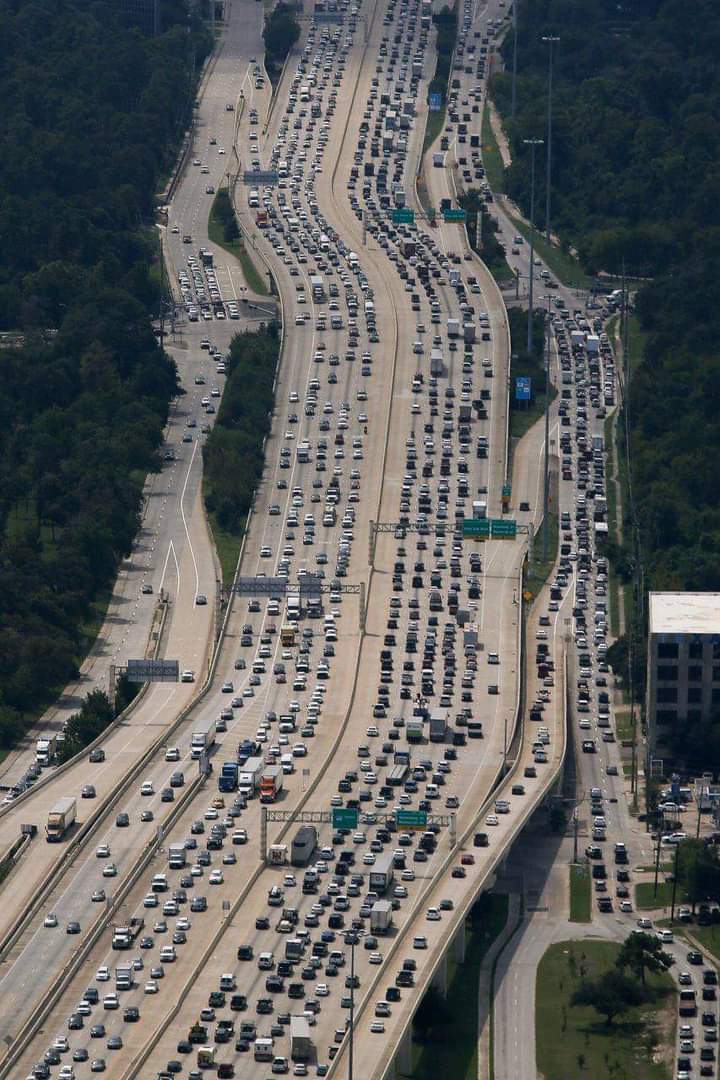this post was submitted on 04 Jul 2024
338 points (96.4% liked)
pics
19604 readers
219 users here now
Rules:
1.. Please mark original photos with [OC] in the title if you're the photographer
2..Pictures containing a politician from any country or planet are prohibited, this is a community voted on rule.
3.. Image must be a photograph, no AI or digital art.
4.. No NSFW/Cosplay/Spam/Trolling images.
5.. Be civil. No racism or bigotry.
Photo of the Week Rule(s):
1.. On Fridays, the most upvoted original, marked [OC], photo posted between Friday and Thursday will be the next week's banner and featured photo.
2.. The weekly photos will be saved for an end of the year run off.
Instance-wide rules always apply. https://mastodon.world/about
founded 1 year ago
MODERATORS
you are viewing a single comment's thread
view the rest of the comments
view the rest of the comments

London wasn't developed after the automobile. Houston's metroplex covers a much larger area with a much smaller population, which makes London's solutions much less practical.
The closest bus stop to someone in Alvin or Bellville may be 20 miles away, and they'll have to change busses 7 times to get where they're going.
And to put numbers to your points, London’s population density is 14,600 people per square mile, while urban Houston is only 3,340.
And if you want to talk about the broader metropolitan area, then London goes down to 3,900 people/sq. mi., which is close to Houston’s urban area. However, if we look at Houston’s equivalent to that the density drops to 862/sq mi.
Also, London’s metro is 3,236 square miles. Houston’s is 10,062.
Anyone who compares these as equivalent is disingenuous or ignorant (not necessarily maliciously so, but likely just unaware or oblivious to the massive sprawl that Texas cities have).
I haven’t seen anyone try to claim they’re equivalent yet